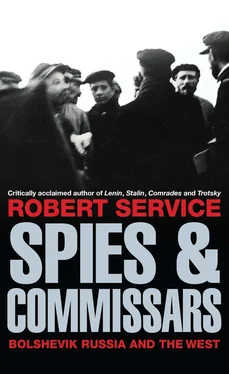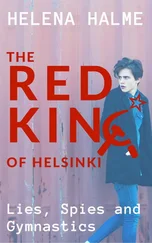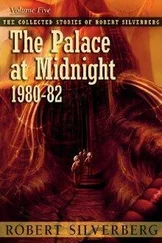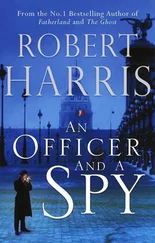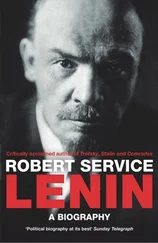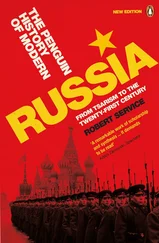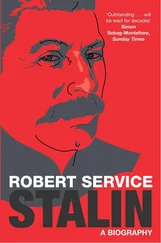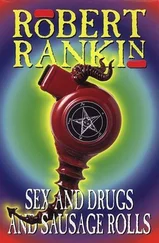Philips Price quickly became friends with American journalists who thought along the same lines. Quite a number of them had gathered in Petrograd, including John Reed, Louise Bryant, Bessie Beatty and Albert Rhys Williams. Unlike Philips Price and Ransome, they worked for newspapers with a predominantly local base and had yet to make an impact in the US public debate on the war. None of them wrote for a Washington or New York daily. But they made up for this in their energy and initiative. They were determined to challenge the Wilson administration’s liaison with the Provisional Government.
John Reed and Louise Bryant, who married in 1916, were well known in US radical circles. Reed had never enjoyed good health, and had known poverty as a child. He lived on his nerves and by his wits. His father was a Progressive Party militant who together with Lincoln Steffens had smashed the Oregon Land Fraud Ring. As the family’s fortunes improved, Reed went to boarding school and on to Harvard. After college he became a journalist and covered the war in Europe before America’s entry. 11He was bitterly hostile to President Wilson’s decision to bring the US into the fighting, and together with his father’s friend Steffens he appeared as witness for the defence in a New York trial in July against the two anarchist anti-war protesters and Russian-Jewish immigrants Emma Goldman and her husband Alexander Berkman. 12Reed criticized a bill going through the US Congress making it a felony to speak or write in such a way as to foster disaffection in the American armed forces. 13The US State Department was understandably edgy about his decision to work in Russia since he could obviously cause trouble for it and for the Kerenski administration there. Before receiving their travel documents, Mr and Mrs Reed had to promise that they would conduct no propaganda in Russia. 14
This was not enough to calm the worries of the British Imperial authorities. In August, the ship carrying Reed and Bryant was detained in Halifax, Nova Scotia just as Trotsky’s had been. It took a week before permission was granted for the resumption of the sailing. A similar delay was experienced at Haparanda on the border with ‘Russian’ Finland. Reed and Bryant were furious at their treatment. Only later did Bryant comfort herself with the thought that one of her fellow passengers from New York took five months longer to arrive in Russia. 15
The couple reached their destination in September 1917 and had their first experience of Russian revolutionary politics. It was the time of the Kornilov mutiny. 16Whereas Reed had never set foot on Russian soil, it was Bryant’s second visit. 17She too was a fiery critic of the political status quo in the US. Her father was a Pennsylvanian miner who had moved out west for work. Although she made it to the University of Oregon and embarked on a career in journalism, financial circumstances compelled her to seek employment as a teacher of Hispanic children in Salinas, California. Her undergraduate thesis had been on the war against the Indian tribes in Oregon, and in California she took up the cause of the indigenous people. She was also a suffragette who mingled with anarchist militants. Her first marriage quickly fizzled out and, after meeting Reed in Oregon, she followed him to the east coast. By 1917 she was working simultaneously for Metropolitan Magazine and the Philadelphia Public Ledger . 18Bryant had less knowledge than her husband about the war and international relations, but she was no less critical of Woodrow Wilson and wanted to do her bit to change US policy back to one of non-involvement in the Great War. Like her husband, she wrote muscular prose and hit her deadlines.
Others in the American group were Albert Rhys Williams and Bessie Beatty. Rhys Williams, who belonged to the Socialist Party, worked in Russia for the New York Evening Post . Born in Ohio, he was also a former Congregational minister who had obtained leave of absence from his duties so as to go off and report on the war in Europe. 19His Welsh parentage brought him under suspicion as a British spy in Belgium, and he was detained for a while by the German occupation forces. Out of this experience came the book In the Claws of the German Eagle , published in 1917 . By then he was working in Petrograd and was instantly attracted to Russian far-left socialists who sought Kerenski’s downfall. Bessie Beatty took to him immediately: ‘He was a decidedly American type, tall, with a pleasant frank face and a delightfully inclusive smile.’ 20Beatty herself was a daredevil and a radical. She went to Occidental College in Los Angeles but left without completing her degree; and taking up journalism, she covered the 1912 Nevada miners’ strike and wrote searing articles on prostitution. Events in Russia after the monarchy’s collapse excited her. Throwing up her job as editor of McCall’s Magazine , she left San Francisco in April on her trip to Petrograd by the Pacific route. She arrived in early June. 21
The last of the Western dissenters based in Russia was the French military attache´ Jacques Sadoul, who arrived in the Russian capital on 1 October 1917. He came on the recommendation of Munitions Minister Albert Thomas, and his assignment was to act as a political observer. Someone who saw him three years later described him as having ‘a “Chaplin” moustache, Norman head, alert yet reposeful eyes, and [being] dressed like a very respectable shop assistant’. 22But in 1917 he wore military uniform. He quickly concluded that most Russians were determined to avoid further involvement in the war and would sooner or later sign a separate peace with the Central Powers. He let Ambassador Noulens know of his radical socialist opinions and stuck out like a sore thumb among most other diplomats. 23Sadoul was a man of some eccentricity. After studying to become a lawyer, he had written a doctoral thesis on tax legislation. 24He also worked for an American businessman who owned a Montana ranch and a Wyoming gold mine. In his free time he rode in the Rocky Mountains. Subsequently he returned to Paris as an Appeal Court advocate. He was brash and ambitious, and gained renown for obtaining lengthy interviews with President Theodore Roosevelt. 25The war shifted him away from the French establishment. He believed there was no end in sight to the military conflict on the western front. Sadoul was a soul looking for its resting place and he began to find it in Russia and in Bolshevism.
What distinguished this group of temporary residents of Russia was their determination to seek sources of information independent of the Provisional Government and its supporters. They quickly made contact with the Bolsheviks. Trotsky gave an hour-long interview to John Reed on 17 October 1917 about the projected dictatorship of the proletariat. This consisted mainly of a description of the evils of the Russian bourgeoisie. According to Trotsky, the Provisional Government was powerless and the Kadets headed the ‘militant counterrevolution’ while the Mensheviks and Socialist-Revolutionaries were fools to think that they had any kind of ‘alliance’ with the middle classes. He called for a ‘Federated Republic of Europe’. He refrained from saying what the proletarian dictatorship would be like. One of his supporters, though, was a certain V. Volodarski, who suggested that the dictatorship would be ‘a loose government, sensitive to popular will, giving local forces full play’. 26
The American correspondents raced around Petrograd, often in each other’s company, to get their stories. Reed and Bryant hooked up with Bessie Beatty as they strove to understand the exciting developments taking place. None of them spoke any Russian; they made up for this by taking Alexander Gumberg around everywhere with them. Gumberg was a ‘Russian product of New York’s East Side’ who had returned to Russia after the collapse of the Imperial monarchy. 27Beatty admitted to continued difficulties with the Cyrillic alphabet; and when she published her account The Red Heart of Russia in the following year it was full of misspellings — Zenoviev for Zinoviev, Dydenko for Dybenko and so on. 28Reed wrote podporuchik (second lieutenant) as ‘dodparouchik’. 29Bryant was more punctilious but even she depended heavily on what the communist informants chose to tell her. She was to claim that by the time she left Russia in January 1918 she could read Russian ‘slowly’. 30Beatty was modest about her own progress. 31But she too found Bolsheviks willing to help her. Among them was Georgi Melnichanski, who had been known as George Melcher in New Jersey but now led the metalworkers’ union in Moscow. (Reed had encountered him when covering the Standard Oil strike in 1915.) 32The Latvian Bolshevik Yakov Peters also made himself available. As a member of the London Russian Marxist colony, he had a working knowledge of English; and Bessie Beatty made his acquaintance through Albert Rhys Williams, who was so close to the Bolsheviks as to seem to be on the point of becoming one himself. 33
Читать дальше
